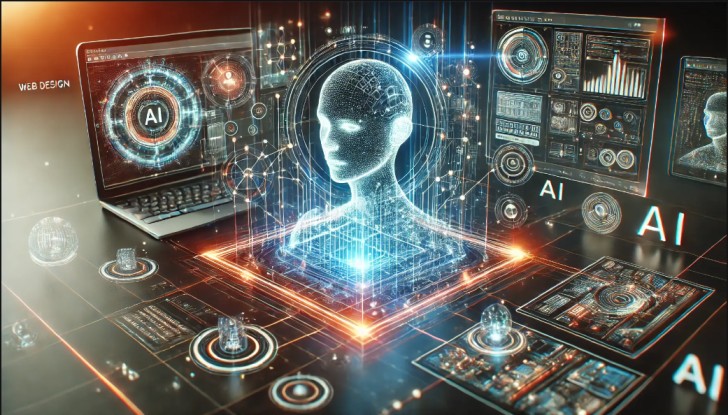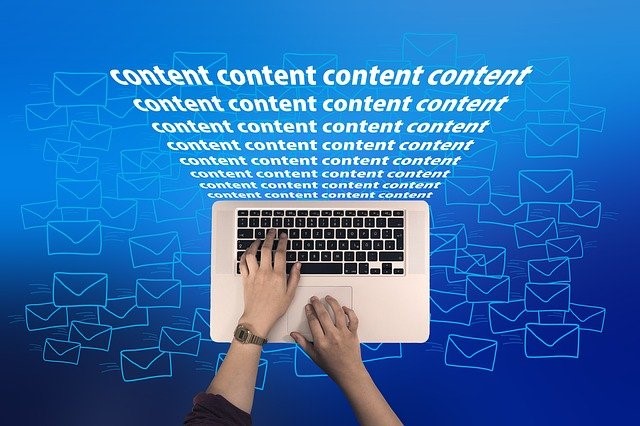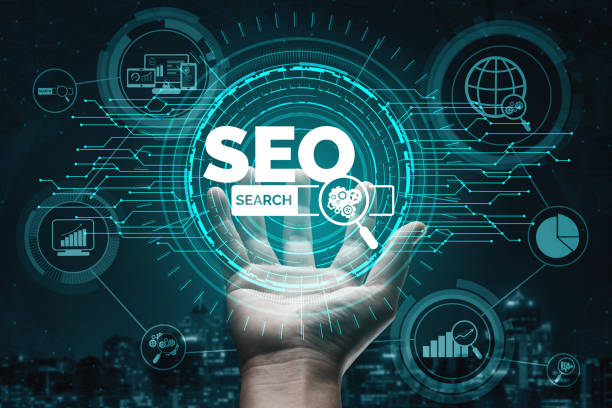How to Use AI Tools in Web Design
Ever felt stuck staring at a blank screen, wondering how to make your design stand out? AI web design might just be the game-changer you’ve been waiting for. In 2024, it’s no longer about coding every pixel from scratch—it’s about working smarter, letting AI handle the heavy lifting, and focusing on your creativity.
From generating layouts in seconds to optimizing user experiences based on real-time data, AI tools are reshaping the way we approach web design. Ready to see how AI can elevate your website design game and help you stay ahead? Let’s dive in!
9 Tips to Use AI Tools in Web Design
These tips will guide you through how to effectively leverage AI to enhance your web design process. Let’s dive into each one:
1. Start with AI-Powered Design Generators
AI web design generators are transforming how we approach design by automating the initial creative process. Tools like Wix ADI and Squarespace AI website builder use artificial intelligence to create layouts, templates, and designs based on your input. They analyze your preferences, industry, and goals to generate website structures that align with your brand identity.
These tools let you skip the tedious groundwork, giving you a solid foundation to build upon. You can customize and refine the design further, ensuring it matches your vision while still leveraging AI’s efficiency.
Pro Tip: Use AI-generated templates as a starting point but don’t rely on them entirely. Personalize the design to maintain a unique brand identity and avoid looking like every other AI-generated site. This is the perfect way to make artificial intelligence web design work for you, not against you.
2. Enhance User Experience (UX) with AI Analytics
AI-powered analytics tools like Hotjar and Crazy Egg offer insights into how visitors interact with your website. They provide heatmaps, session recordings, and user behavior reports, helping you identify where users click, scroll, or drop off. AI web design can leverage this data to optimize layout and design elements, ensuring a smoother and more intuitive user journey.
Understanding how visitors engage with your website allows you to make informed design decisions. It’s like having a digital “eye” that observes and learns from user behavior, enabling you to create a more engaging experience.
Pro Tip: Regularly review your AI analytics data and adjust your design elements accordingly. If you notice users aren’t clicking your CTA buttons, consider changing the color, size, or placement. This is the essence of AI in web development: making data-driven improvements.
3. Use AI for Content Generation and Optimization
Creating compelling content is a huge part of web design, and AI can simplify this task. Tools like ChatGPT and Copy.ai generate headlines, product descriptions, blog posts, and even meta descriptions that are SEO-friendly. They analyze your keywords, target audience, and industry trends to create engaging copy for your website.
High-quality content is crucial for conversions, but generating it manually can be time-consuming. AI content tools streamline the process, ensuring your website has fresh, engaging, and optimized text without spending hours writing.
Also Read: Traditional Vs. Headless CMS
Pro Tip: Use AI to generate content ideas and drafts, but always add a human touch to maintain authenticity. A mix of AI-generated content and personal edits will ensure your website maintains a natural tone and voice. This is how to make artificial intelligence for web design work seamlessly with human creativity.
4. Optimize Visuals with AI Image Editing Tools
Visuals are key to capturing attention, and AI-powered tools like DeepArt and Runway ML can help you create stunning images. They can enhance photo quality, remove backgrounds, adjust lighting, and even generate new images based on your website’s theme.
Visual consistency is crucial for a cohesive design. AI tools enable you to maintain this consistency by quickly optimizing and editing images to match your brand style.
Pro Tip: Use AI-generated visuals alongside custom graphics to add variety and originality to your website. For example, combine AI-generated backgrounds with hand-crafted icons for a unique, polished look. This ensures that your website feels genuine and not just an artificial intelligence website template.
5. Personalize User Experience with AI Algorithms
AI web design tools like Dynamic Yield and Optimizely allow you to personalize the user experience based on individual behavior, location, or preferences. These tools analyze user data to present customized content, product recommendations, or layout changes that align with each visitor’s interests.
Personalization enhances engagement and increases conversion rates. When visitors feel like your website “understands” them, they’re more likely to stay longer and take action.
Pro Tip: Start by personalizing small elements, such as recommended products or blog posts, and gradually expand as you gain more insights. This approach makes AI web design feel more like a personalized service and less like a one-size-fits-all template.
6. Improve Customer Interaction with AI Chatbots
Chatbots like Drift and Intercom use AI to interact with your website visitors, providing instant responses to their questions or guiding them through your site. These chatbots can handle multiple inquiries simultaneously, improving customer service and user experience.
AI chatbots offer immediate assistance, reducing wait times and enhancing user satisfaction. They can handle FAQs, provide product information, or even help with the checkout process.
Pro Tip: Customize your chatbot’s responses to match your brand voice, making the interaction feel more personal and less robotic. This will ensure that using AI web design tools enhances, rather than detracts from, your user experience.
7. Boost SEO with AI Tools
AI-driven SEO tools like Surfer SEO and MarketMuse analyze your website’s content and suggest optimizations to improve search engine rankings. They help identify keyword gaps, recommend internal linking opportunities, and optimize meta tags to ensure your website is SEO-friendly.
Search engines are getting smarter, and AI tools ensure your website stays competitive by keeping up with algorithm changes and optimization trends.
Pro Tip: Regularly update your content based on AI-driven insights to maintain or improve your rankings. An AI web design strategy that incorporates SEO will drive more organic traffic to your site.
8. AI for Predictive Analysis & A/B Testing
Tools like Google Optimize and Zoho PageSense use AI to conduct A/B testing and predictive analysis, helping you determine which design elements resonate best with your audience. They analyze user behavior, predict outcomes, and recommend changes for better performance.
Why it Works: Instead of guessing what works, you can rely on data-driven insights to optimize your website design. This approach increases your chances of achieving a higher conversion rate.
Pro Tip: Regularly test different elements, such as headlines, images, and CTA buttons, to discover what drives the best results. AI web design tools will help you make informed decisions faster.
9. AI-Driven Code Optimization and Development
AI coding assistants like GitHub Copilot and Tabnine help streamline the development process by suggesting code completions, detecting bugs, and optimizing code structure. They enable web designers to write cleaner, more efficient code without spending hours debugging.
AI-powered coding tools accelerate development, reduce errors, and improve overall website performance.
Pro Tip: Use AI coding assistants to complement your skills but always review the code to ensure it meets your quality standards. The best results come from combining AI’s efficiency with a human’s attention to detail.
By incorporating these AI web design tools, you can create a more efficient, engaging, and user-friendly website that stands out in today’s digital landscape.
Conclusion
Incorporating AI tools into web design is no longer just an option—it’s becoming a necessity for those looking to stay competitive and create engaging, high-performing websites.
Whether you’re optimizing user experience, generating content, or enhancing visuals, AI web design offers endless possibilities to elevate your projects and streamline your workflow. By embracing AI, you can transform your website into a more responsive, data-driven, and user-centric platform.
If you’re ready to take your web design to the next level, why not partner with the best in the industry? Contact the leading UI UX design company today and discover how AI can revolutionize your website’s design and performance.




2 thoughts on “How to Use AI Tools in Web Design”